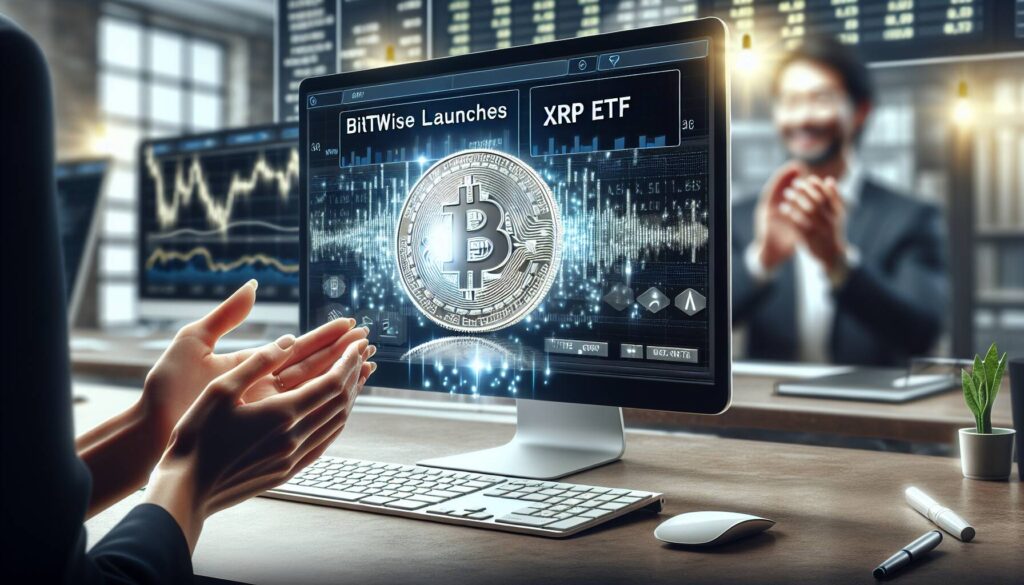Hedera’s native token, HBAR, is currently navigating a critical juncture as it tests support at $0.23 following a sell-off exceeding 3% on Friday. Interestingly, trading volume has surged, surpassing 80 million during pivotal moments on August 21. This surge indicates heightened market activity, even amidst the recent downturn.
On a more optimistic note, HBAR is buoyed by several bullish catalysts. Notably, SWIFT has announced plans to initiate live blockchain payment trials using HBAR within its extensive $150 trillion annual payments network, set to launch in November 2025. This groundbreaking move could further establish hashgraph technology as a viable contender in modern financial infrastructure.
Additionally, there’s booming speculation regarding a potential exchange-traded fund linked to HBAR, especially after Grayscale submitted Delaware trust documents. These developments underscore the growing confidence in HBAR’s capabilities, especially given its potential to process over 10,000 transactions per second.
With the prospect of global payments integration looming, institutional interest in HBAR is notably increasing, marking it as a significant player from both technical and fundamental perspectives. As it stands, HBAR maintains a trading range volatility of 2.40% between the resistance level of $0.24 and the tested support at $0.23, creating a notable point of focus for traders and investors alike.
Disclaimer: Parts of this article were generated with the assistance of AI tools and reviewed by our editorial team to ensure accuracy and adherence to our standards. For more information, see CoinDesk’s full AI Policy.

Key Insights on Hedera’s HBAR Token
Below are the key points regarding HBAR’s current market position and potential impacts:
- Support Level: HBAR is testing a significant support level at $0.23 after a sell-off exceeding 3%.
- High Trading Volume: Over 80 million in trading volume was recorded during crucial trading windows on August 21.
- SWIFT Blockchain Trials: Plans for live blockchain payment trials using HBAR are scheduled by SWIFT for November 2025, potentially enhancing its adoption.
- ETF Speculation: Growing speculation surrounds a potential exchange-traded fund related to HBAR following Grayscale’s filing of Delaware trust documents.
- Hashgraph Technology: HBAR’s hashgraph technology can process more than 10,000 transactions per second, suggesting a strong foundation for future financial applications.
- Institutional Interest: As global payments integration approaches, institutional interest in HBAR is increasing, highlighting its appeal as a technical and fundamental investment.
- Volatility Metrics: The trading range shows a 2.40% volatility, with critical points set between $0.24 resistance and $0.23 support levels.
The developments surrounding HBAR signify its potential influence on traditional finance and may present investment opportunities for interested parties.
Hedera (HBAR) Positioning Among Crypto Contenders
In the fast-paced realm of cryptocurrency, Hedera’s native token HBAR is currently battling crucial support levels at $0.23, after facing a notable decline of over 3% during recent trading sessions. This particular moment finds HBAR navigating a landscape defined by significant trading volume—over 80 million—marking it as a crucial player amid heightened market activity on August 21. However, despite recent challenges, HBAR’s outlook remains promising due to several bullish indicators.
One of the primary competitive advantages for HBAR lies in its upcoming partnership with SWIFT, which is set to trial blockchain payments utilizing HBAR across its colossal payments network, valued at a staggering $150 trillion annually. This strategic move not only compels attention from institutional investors but also reinforces the viability of hashgraph technology, enabling rapid processing of over 10,000 transactions per second. Such advancements present compelling opportunities for HBAR to establish itself as a transformative force within traditional finance.
On the flip side, rapid fluctuations, with a tight trading range of $0.01 creating about 2.40% volatility between critical resistance levels of $0.24 and support at $0.23, can be a concern for more conservative investors. The potential for sudden market shifts may deter risk-averse participants who prefer more stable investments. Additionally, while speculation surrounding a potential exchange-traded fund linked to HBAR is gaining traction—particularly following Grayscale’s recent filing—uncertainty around regulatory frameworks may pose challenges down the line.
The news surrounding HBAR could significantly benefit institutional investors seeking to diversify their portfolios with innovative blockchain projects. These developments promise to enhance customer trust and operational efficiency across financial systems, thereby drawing in more substantial investments. Conversely, retail investors may find themselves conflicted; the enthusiasm surrounding impending technological integration could entice them, yet the instability in price and market response could lead to potential losses in a volatile environment.

















